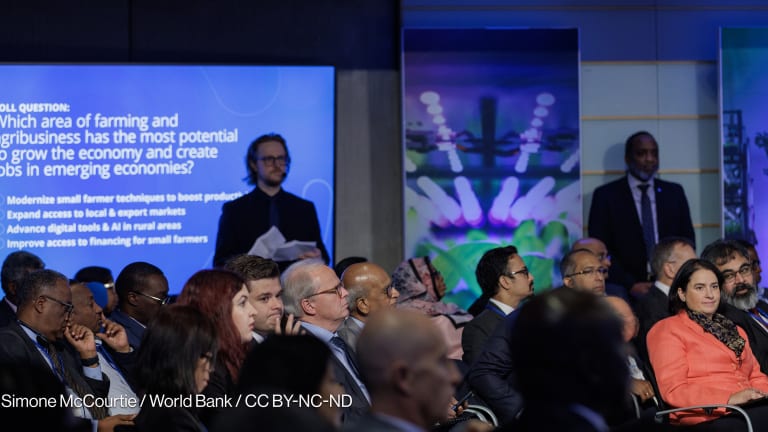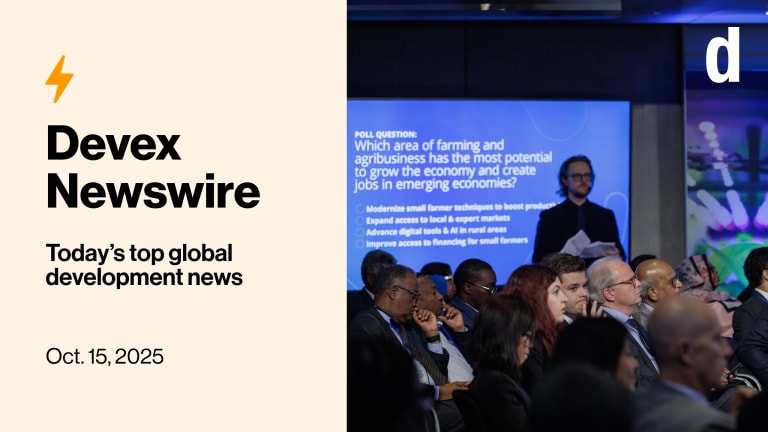A man sorts fishing nets in Santa Maria, Cape Verde. The World Bank's partnership strategy with Cape Verde focuses on enhancing the West African country's macrofiscal stability for sustained growth, as well as improving competitiveness and strengthening the private sector. Photo by: IDS.photos / CC BY-SA
Cape Verde has made considerable progress in economic development with gross domestic product growth rates averaging 7.1 percent from 2005 to 2008. However, the country lost its momentum following the 2009 recession, and GDP growth has been modest since.
While GDP growth levels are still far from what they were in the past decade, the overall outlook for the West African country remains positive. Poverty incidence dropped from 37 percent to 27 percent between 2002 and 2010, with extreme poverty declining from 21 percent to just 12 percent over the same period thanks in large part to the booming tourism sector. The challenge will be to replicate past successes in socio-economic development in the face of less-favorable global economic conditions.
This story is forDevex Promembers
Unlock this story now with a 15-day free trial of Devex Pro.
With a Devex Pro subscription you'll get access to deeper analysis and exclusive insights from our reporters and analysts.
Start my free trialRequest a group subscription







